- Top 5 run-getters from last India vs Australia ODI series in Australia: Shocking, Virat not even in top 3 WION
- 3 Australian bowlers who can be threat to Virat Kohli and Rohit Sharma’s ODI careers OneCricket
- ODI history in numbers: India aim to…
Author: admin
-
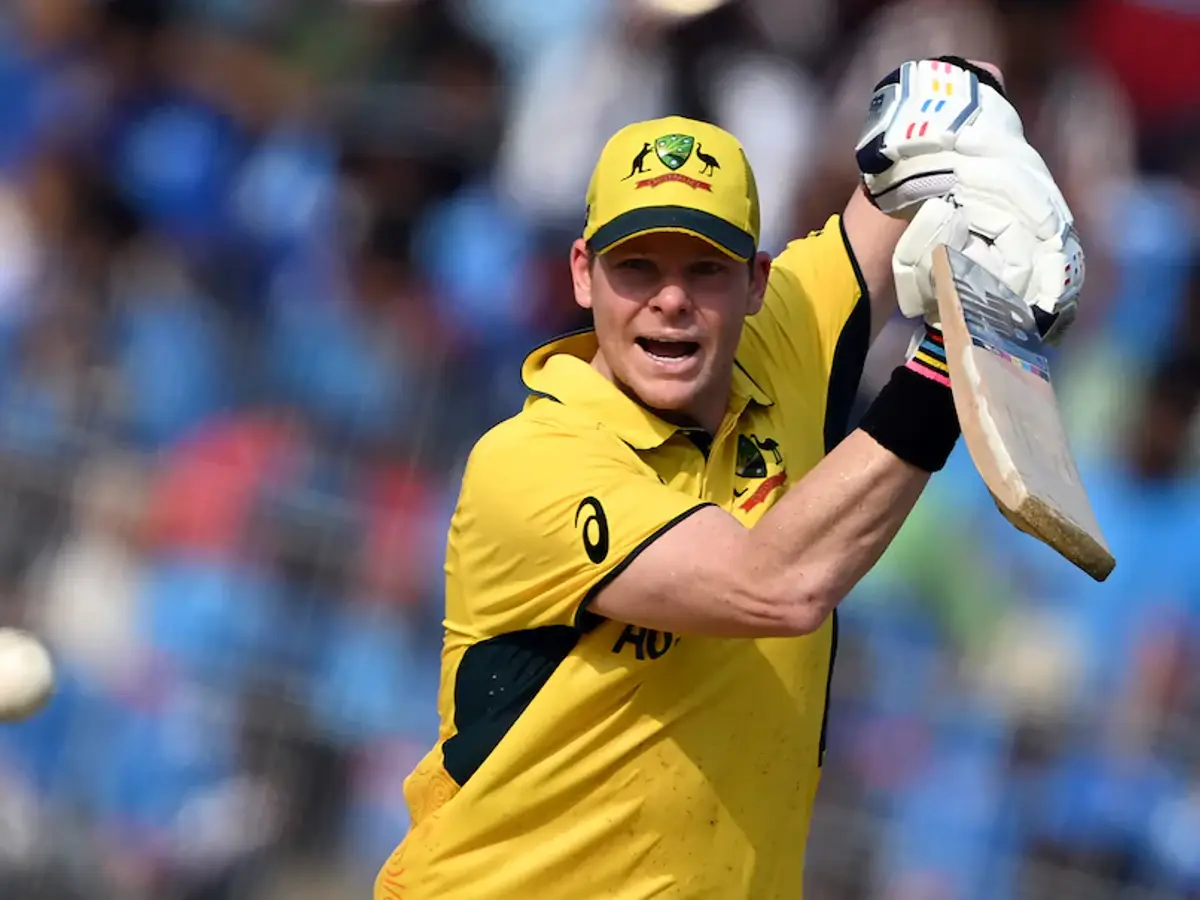
Top 5 run-getters from last India vs Australia ODI series in Australia: Shocking, Virat not even in top 3 – WION
-
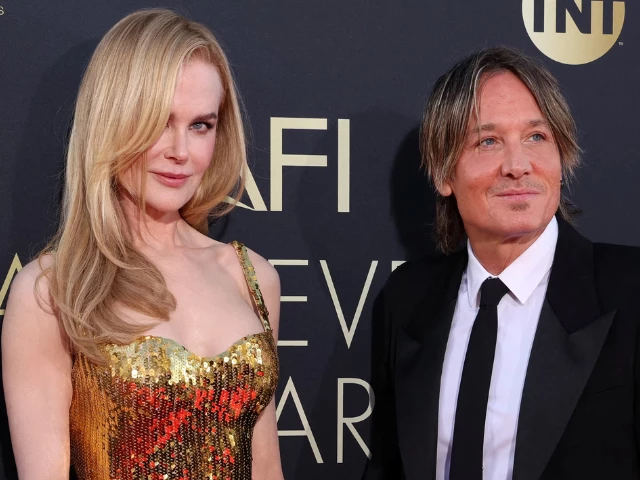
Nicole Kidman Referenced Keith Urban Split Weeks Before Divorce Filing in Vogue Interview
Nicole Kidman appeared to reference her…
Continue Reading
-
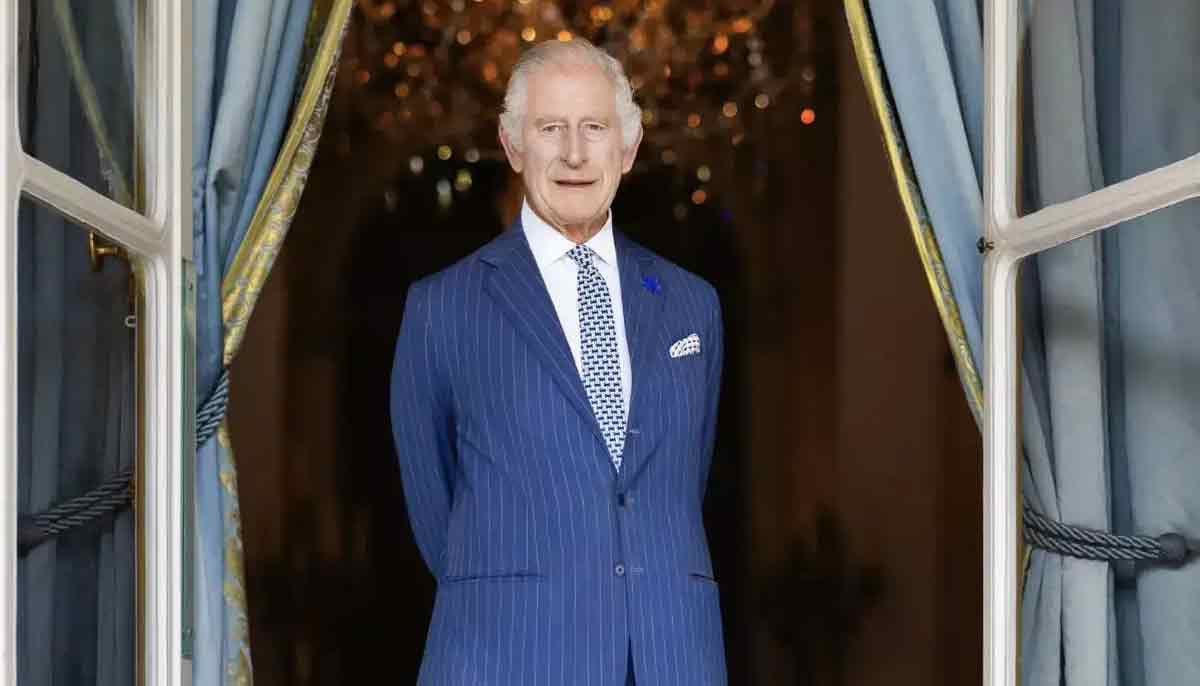
Nigel Farage sends emotional message to King Charles
King Charles III and senior members…
Continue Reading
-
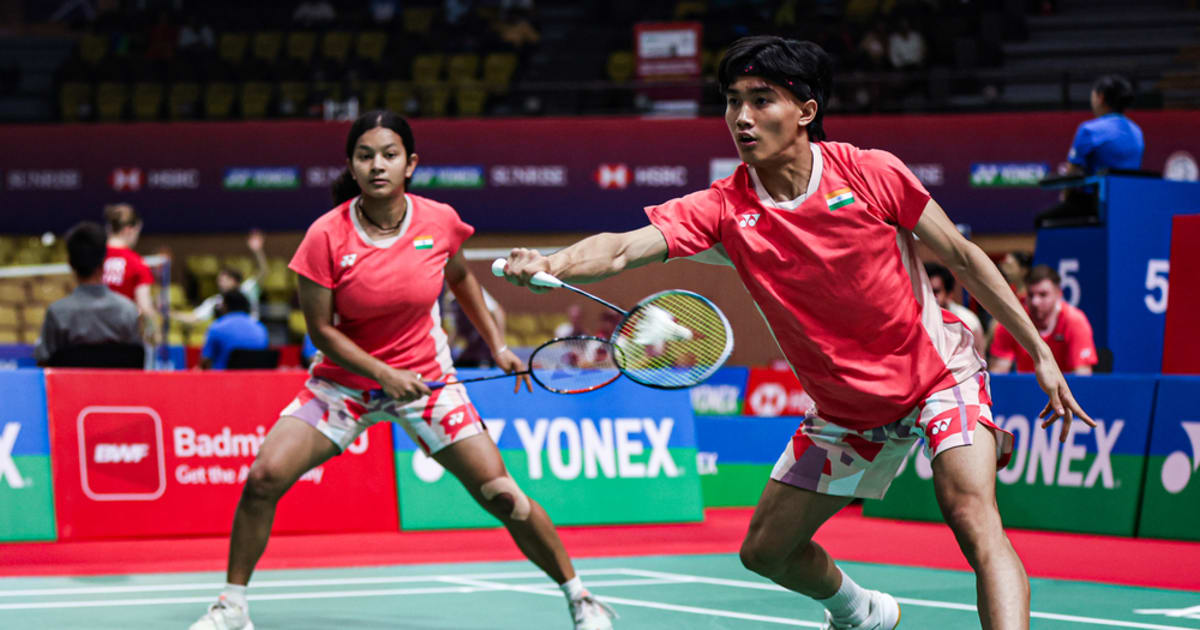
India beat South Korea to assure first-ever medal
The Indian badminton team beat the Republic of Korea in the quarter-finals of the BWF World Junior Mixed Team Championships 2025 and confirmed a historic first-ever medal in the competition on Thursday.
Competing at the National Centre of…
Continue Reading
-

Missed Penalty Haunts Pakistan in Goalless Draw With Afghanistan in Asian Cup Qualifier
Pakistan’s hopes of reviving their AFC Asian Cup 2027 qualifying campaign suffered a frustrating blow as they were held to a 0-0 draw by Afghanistan at Jinnah Stadium.
Despite creating the better chances, the home side were left to…
Continue Reading
-
Diabetic Teens with High Blood Sugar Have Higher Neuropathy Risk in Adulthood
BYLINE: Noah Fromson
Newswise — Poor blood sugar control in adolescence increases the risk of painful future complications for people with type 1 diabetes, research co-led by…
Continue Reading
-

Apple iPhone 17 Pro Max vs. Samsung Galaxy S25 Ultra: I tested both flagships, and here’s who wins
Jason Hiner and Kerry Wan/ZDNET Follow ZDNET: Add us as a preferred source on Google.
Apple last month announced its new iPhone 17 lineup at the Awe-Dropping Event in Cupertino, California. After years of playing it safe, the company is…
Continue Reading
-
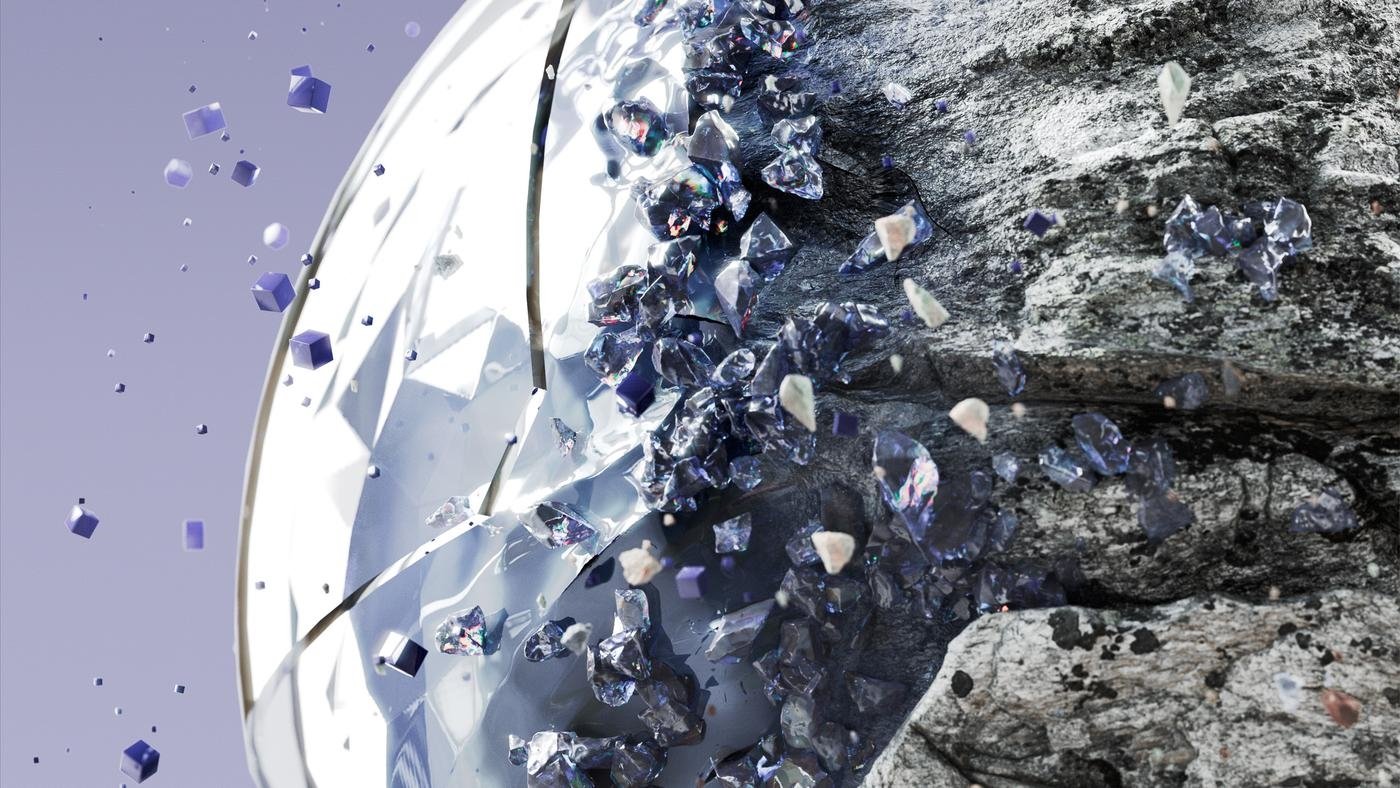
Tietoevry signs strategic multi-country agreement with Entercard
Tietoevry Industry has further deepened its Nordic collaboration by entering into a new multi-country agreement with Entercard, one of the region’s foremost credit card providers.
Owned by Swedbank, Entercard has selected Tietoevry Industry to support its continued digital transformation across Norway, Sweden, Danmark and Finland. The five-year agreement (4+1), valued at approximately EUR 15–17 million, encompasses the delivery of Tietoevry’s advanced Multichannel services, alongside smart complementary solutions designed to accelerate Entercard’s digitalisation journey
“We are pleased to extend our partnership with Tietoevry. Having a trusted partner that can support us across Norway, Sweden, Finland, and beyond makes it easier for us to streamline operations and provide a consistent, high-quality experience to our customers throughout the Nordics. We look forward to continuing our collaboration and jointly developing services that meet both current and future needs,” said Geir Broum, Chief Information Officer, Entercard.
Smart communication and invoice distribution
Tietoevry Industry’s Multichannel platform is a robust document processing solution that enables efficient, flexible customer communication. It ensures that invoices, documents, and messages are delivered via the customer’s preferred channel – whether digital or physical – by integrating with digital mailboxes, payment services, and print providers. This empowers Entercard to optimise communication flows, reduce operational costs, and enhance customer experience.
This agreement reinforces Tietoevry’s position as a trusted digital partner within the Nordic financial services sector, delivering value-added solutions that drive both digital innovation and cost efficiency.
“We are proud to continue our long-standing partnership with Entercard. This agreement underscores our commitment to supporting their operations across the Nordics with reliable, forward-looking digital solutions. By working closely together, we help Entercard optimise communication and invoice processes while ensuring services are tailored to local markets and future-ready,” said Johan Enger Nygaard, Managing Director, Tietoevry Industry.
For more information, please contact
Tietoevry Newsdesk, news@tietoevry.com, tel. +358 40 570 4072
Tietoevry is a leading software and digital engineering services company with global market reach and capabilities. We provide customers across different industries with mission-critical solutions through our specialized software businesses Tietoevry Care, Tietoevry Banking and Tietoevry Industry, as well as our digital engineering business Tietoevry Create. Our around 15 000 talented vertical software, design, cloud and AI experts are dedicated to empowering our customers to succeed and innovate with latest technology. Tietoevry’s annual revenue is approximately EUR 2 billion. The company’s shares are listed on the NASDAQ exchange in Helsinki and Stockholm, as well as on Oslo Børs. www.tietoevry.com
Continue Reading
-

Clyx Partners with Selena Gomez and Mandy Teefey’s
NEW YORK, Oct. 09, 2025 (GLOBE NEWSWIRE) — Friendship-tech app Clyx today announced the official launch of its New York City expansion in partnership with Wondermind, the mental health platform founded by Mandy Teefey and Selena Gomez. The…
Continue Reading
-
Pause in hostilities a crucial relief for children in Gaza – now it must become a definitive and lasting ceasefire – ReliefWeb
- Pause in hostilities a crucial relief for children in Gaza – now it must become a definitive and lasting ceasefire ReliefWeb
- Watch: Scenes of celebration in Gaza after Trump’s announcement BBC
- Arab party lawmakers praise deal to end war in…
Continue Reading